
ESA's ice mission CryoSat in orbit. An ESA-AOES Medialab Photo.
The question of whether global climate change is causing the polar ice caps to shrink is one of the most hotly debated environmental issues today. The European Space Agency’s CryoSat-2 attempts to answer this question by monitoring precise changes in the thickness of polar ice sheets and floating sea ice.
It is now generally agreed that the Earth's atmosphere is getting warmer, and although the impact of climate change is expected to be amplified at the poles, it is extremely difficult to predict what effect this is having on the polar ice cover. On one hand, recent years have already seen record summer reductions, in extent and concentrations, of sea ice in the Arctic.
In Antarctica, giant icebergs have calved and part of the Larsen ice shelf has disintegrated. However, on the other hand, ships have recently been trapped for weeks in unusually heavy Antarctic pack ice conditions.
CryoSat is Europe's first mission dedicated to monitoring ice. By measuring the changes in the thickness of ice, both marine ice floating in the oceans and the vast ice sheets on land, the CryoSat mission will lead to a better understanding of how Earth's ice fields are responding to climate change.
From an altitude of just over 700 km and reaching latitudes of 88°, the CryoSat-2 satellite will monitor precise changes in the thickness of the polar ice sheets and floating sea ice.
CryoSat will carry a primary payload called SAR/Interferometric Radar Altimeter (SIRAL) and Doppler Orbit and Radio Positioning Integration by Satellite (DORIS) instrument, which is a radio receiver. The satellite will also carry three star trackers for measuring the orientation of the baseline and a small laser retroreflector.
The go-ahead to build and launch the CryoSat-2 mission came in February 2006 after the loss of the first CryoSat in October 2005 due to a launch failure. The mission objective is to measure ice thickness on both land and sea very precisely to provide conclusive proof as to whether there is a trend towards diminishing polar ice cover, furthering our understanding of the relationship between ice and global climate.
CryoSat-2 is currently being 'babysat' in the integration facilities by two team members. However, the rest of the campaign team will return to Baikonur Cosmodrome in Kazakhstan, on 23 March to resume preparations for launch.
ESA’s CryoSat mission is due to be launched on 8 April 2010.
– Courtesy: ESA
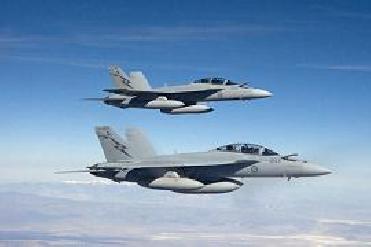 Previous Article
Previous Article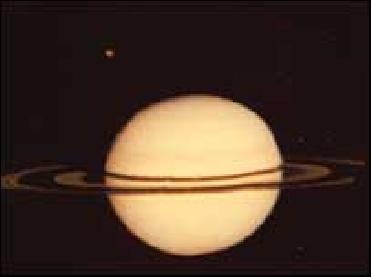 Next Article
Next Article
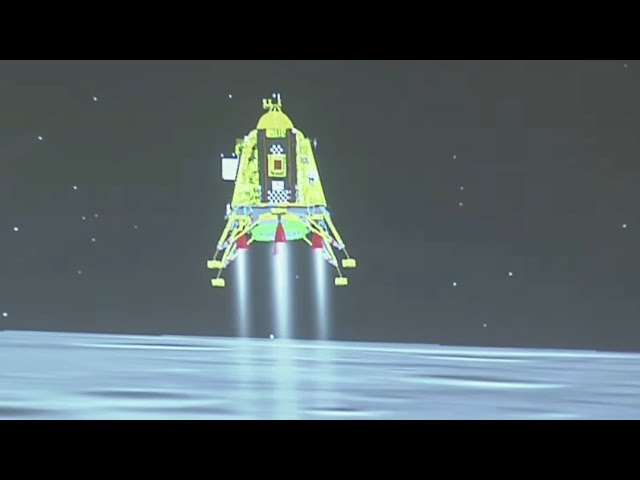
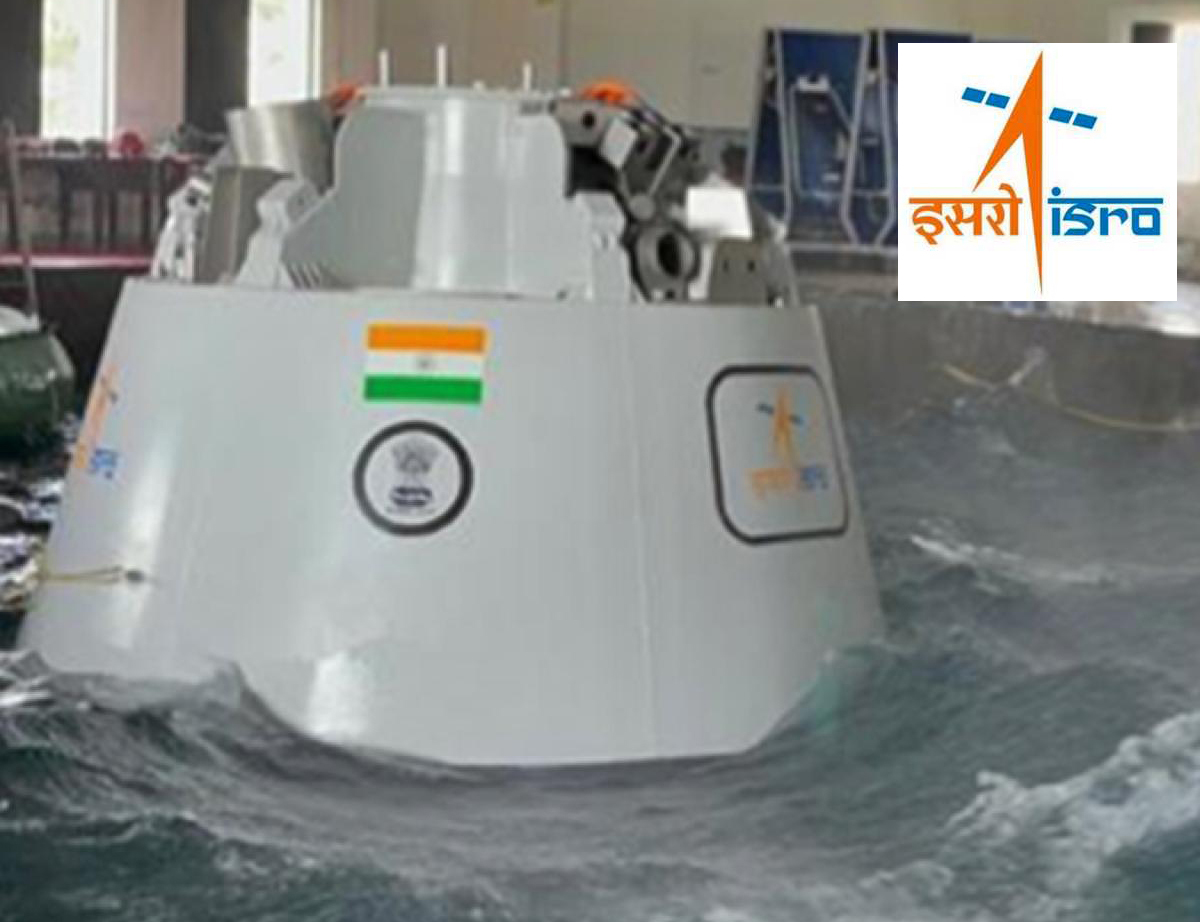
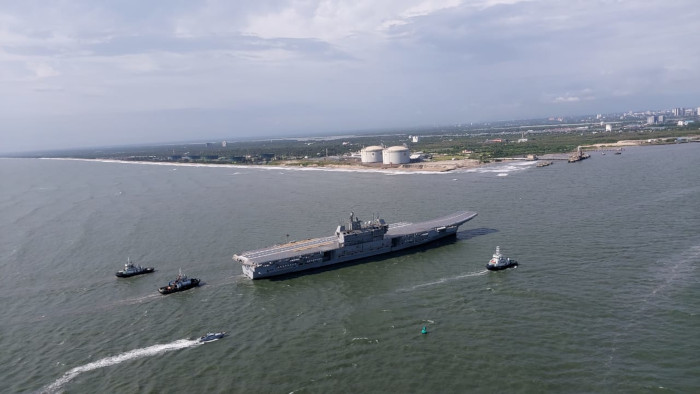









The Indian Air Force, in its flight trials evaluation report submitted before the Defence Ministry l..
view articleAn insight into the Medium Multi-Role Combat Aircraft competition...
view articleSky enthusiasts can now spot the International Space Station (ISS) commanded by Indian-American astr..
view article